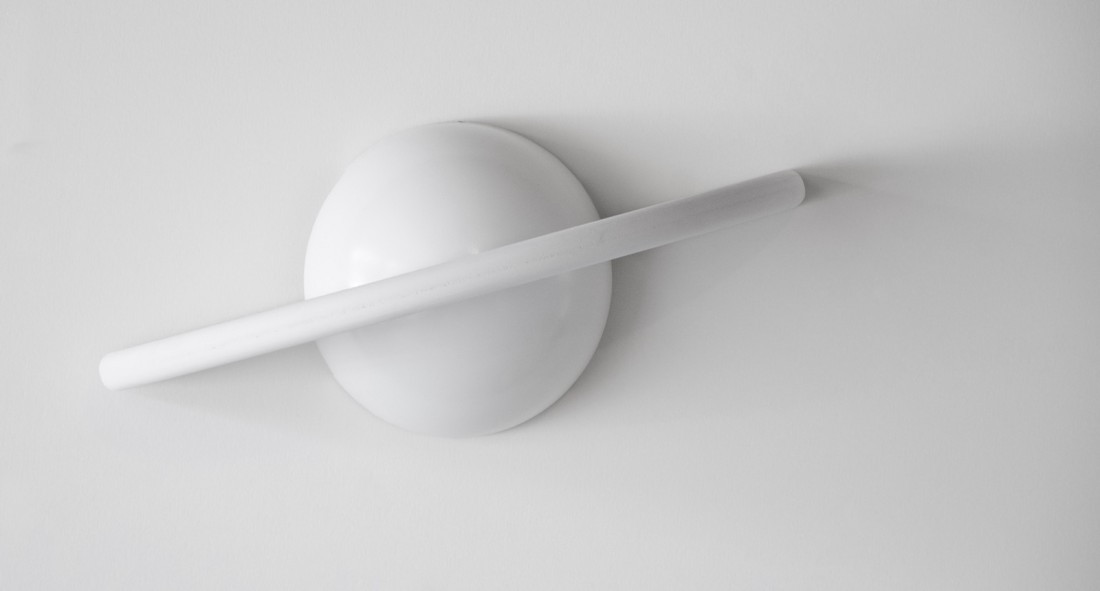Space shows
An artist explores the beauty of Saturn
Far away, deeply imbedded in the darkness of space, a planet about 700 times the size of Earth spins with large, outstretched rings creating the mysterious sight that is Saturn.
In order for our human brains to conceptualize the enormity of Saturn, and the cosmos in general, we have to size it down and present the information into something tangible, like models.
Risa Horowitz took an artistic approach in creating these models while she interpreted and documented the planet in her work, Imaging Saturn (Modeling Views), which opens at PLATFORM centre for photographic + digital arts on Jan. 29.
“I saw Saturn through the telescope and it blew my mind,” Horowitz says. “It made me hyper aware of how real it is, how far it is, but simultaneously cosmologically so close, in the larger scale of things. I became preoccupied with learning about the planet.”
Horowitz says that as a conceptual artist, she was able to explore Saturn theoretically alongside some scientific qualities, but aimed to find a balance between scientific accuracy and artistic interpretation.
“I did not want to create a science fair project, but a work of contemporary art,” Horowitz says. “This meant, to some extent, letting go of a sense of the necessity to stick to the facts and the data.”
Some of the work in the exhibition, while grounded in data, are not to be considered literal models, Horowitz says.
“My approach to the planet is unique and everything I come across is subject to my whims as an artist,” Horowitz says. “I decided, quite randomly, that I would set out to photograph the planet for each year of its orbit.”
The exhibition presents these photographs, which are accurate depictions of Saturn taken directly through a telescope, as well as a variety of models, including 29 kinetic sculptures of Saturn’s shifting ring-angle as it’s seen from Earth each year.
Scott Young, manager of science communication and visitor experience at the Manitoba Museum, says artistic models like these are crucial when trying to understand the cosmos.
“The real universe is big and empty and not very interesting, except for these tiny little bits,” Young says. “If you want to get a sense of what it would really look like if you were standing out there, you need the artist’s eye to interpret the scientific data and turn it back into what makes sense to us.”
As far as Saturn goes, he agrees that it’s one of the most captivating planets to see as a first time astronomer.
“Saturn is the thing we show people through telescopes,” Young says. “If you look at the moon, it can look like a picture in a book, and it doesn’t have that same three dimensional value. But the ring going around Saturn really makes it pop out. It looks almost unreal.”
To make Saturn and space seem more real, Young says science and art collaborate to make far away worlds seem more tangible.
Horowitz also says she likes that her exhibition will mix the worlds behind space interpretation, bringing astronomers into contemporary art while bringing art audiences into astronomy
Published in Volume 70, Number 17 of The Uniter (January 28, 2016)








